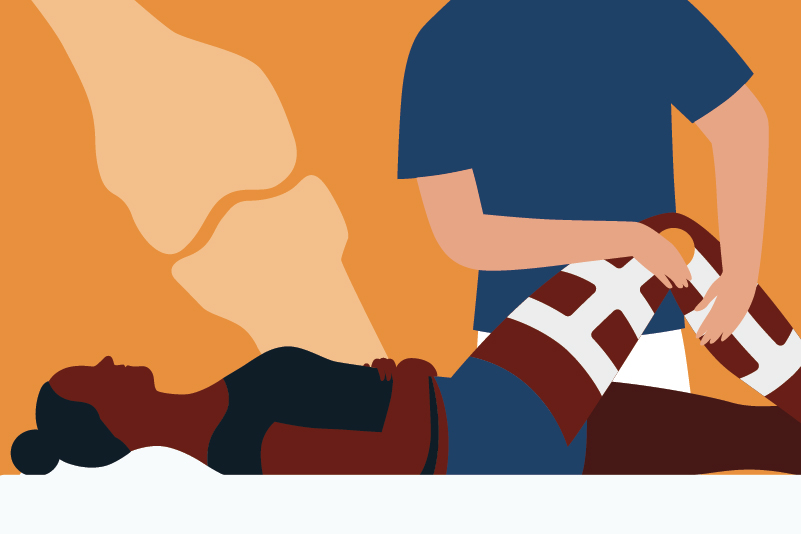#114 My fracture really hurts, can I use non-steroidal anti-inflammatories?

Reading Tools for Practice Article can earn you MainPro+ Credits
Join NowAlready a CFPCLearn Member? Log in
- Adults: Two placebo controlled RCTs (140 patients total, predominantly or all middle aged women) with Colles fractures randomized to flurbiprofen x 14 days1 or piroxicam 20mg/day x eight weeks:2
- No difference in recovery time, physiotherapy requirement, mal- or non-union,1 or functional recovery or healing.2
- Superior pain relief with NSAIDs (both arms allowed acetaminophen if required).
- Limitations: ~20% lost to follow up, small numbers.
- Children: One RCT (336 children)3 with arm fractures randomized to ibuprofen or acetaminophen + codeine:
- No difference in fracture non-union at one year.
- Ibuprofen provided equivalent pain relief with less functional impairment and adverse effects.
- Retrospective cohort and case control studies suggesting that NSAIDs are associated with fracture non-union5,6,7,8 are:
- Confounded by patients differing in initial injuries,7 smoking rates,7,8 or receiving different treatments.8
- Demonstrating association (not causation):6 Opioid use is also associated with increased non-union rates, likely demonstrating that patients with non-healing (and painful) fractures are just more likely to be using analgesics.
- Non-union of long bone fractures is 1-6%.5,6,7
- NSAIDs provide good post-surgical pain relief in adults,9 and are superior to acetaminophen or codeine and equivalent to acetaminophen plus codeine (with less adverse events) in pediatric musculoskeletal injury (including fractures).10
- Some animal studies demonstrate supra-normal doses of NSAIDs impair bone healing.11,12






